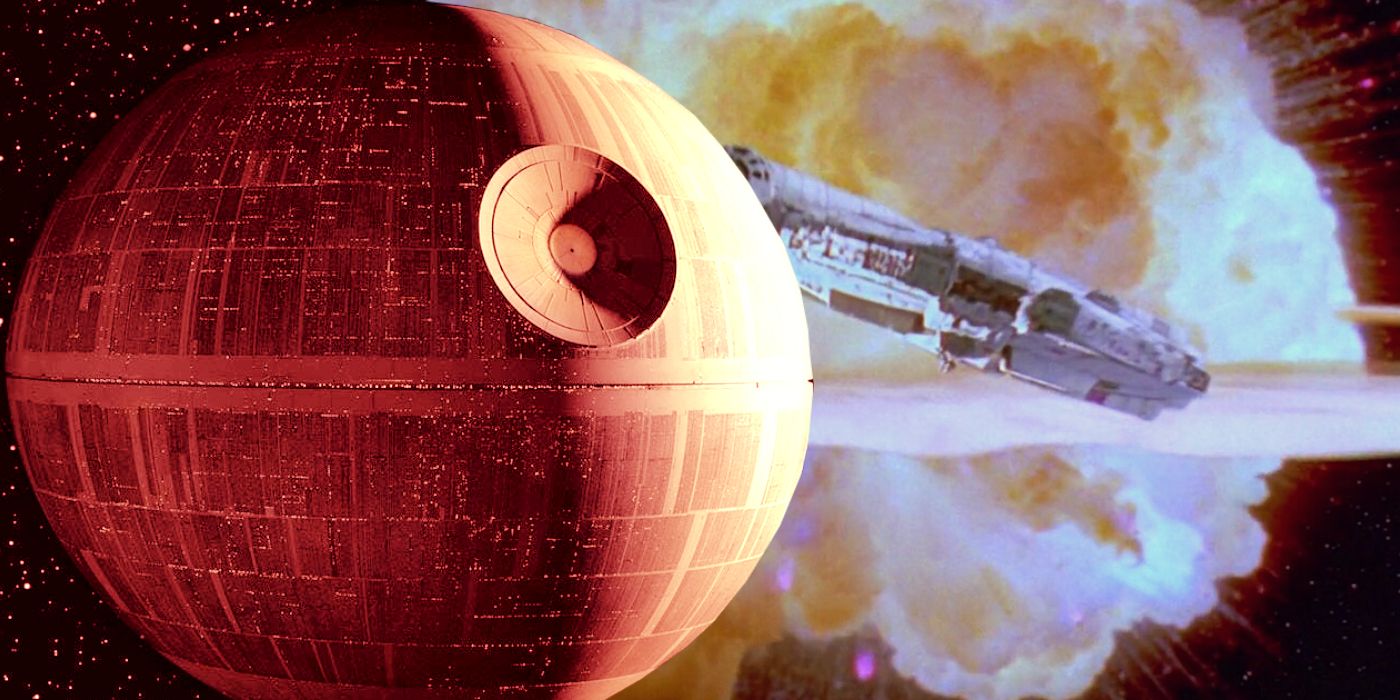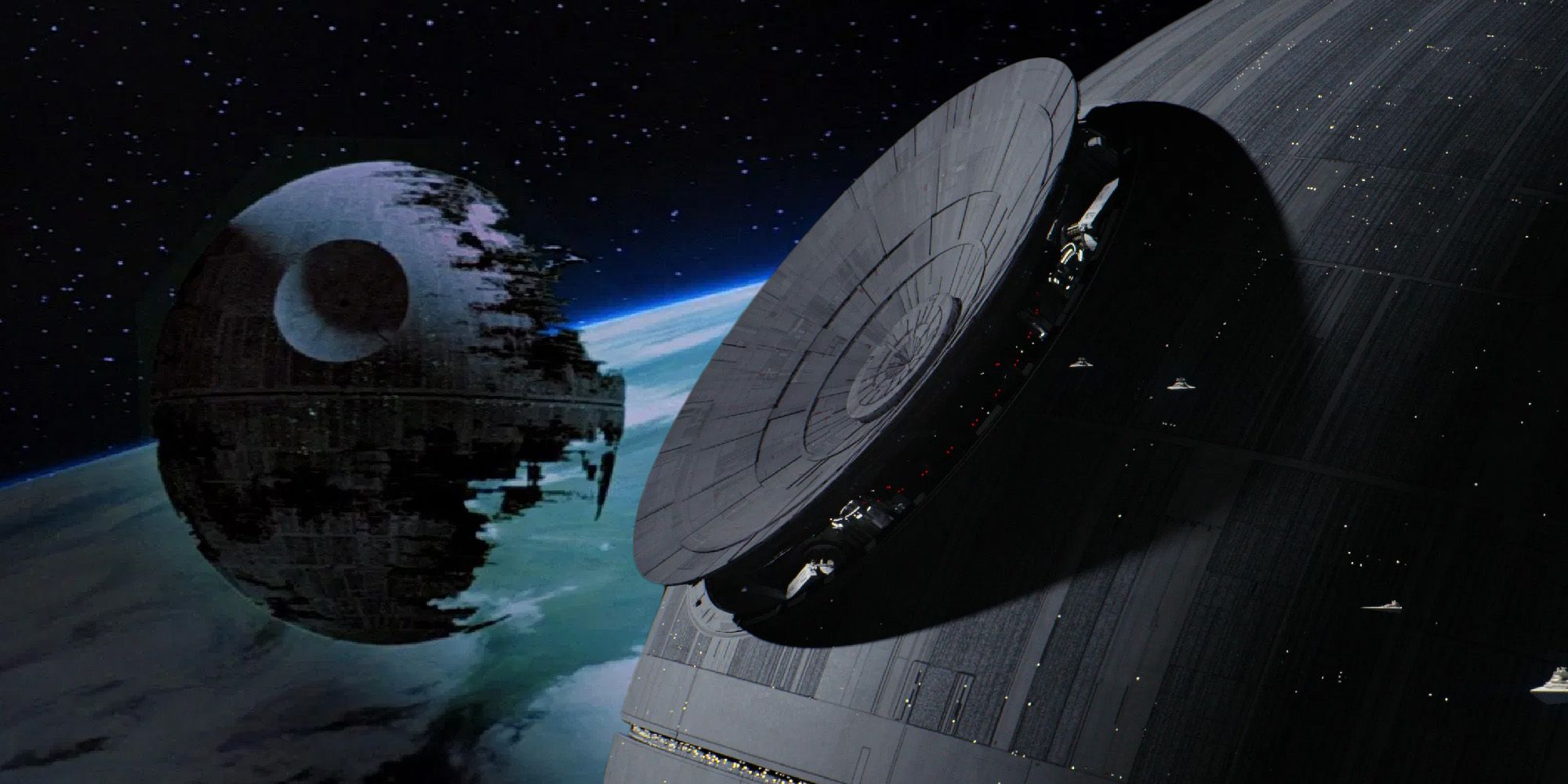
The beginning of the end for the Galactic Empire was the Battle of Yavin, the action-packed finale of Star Wars that saw the destruction of the planet-destroying Death Star. The Empire functioned as a tyrannical autocracy for 19 years but restructured its governance upon the completion of the Death Star. This attempt to increase their power over an already-oppressed galaxy backfired. The use of the Death Star to destroy Alderaan and the battle station’s subsequent destruction ultimately strengthened the Rebel Alliance. The Empire attempted to mitigate this by building a Second Death Star, but their defeat at the Battle of Endor, a mere three years after Yavin, saw the fragmentation of the Empire and the rise of the New Republic.
For most of its history, the Galactic Empire maintained the illusion of a legislative body through the Imperial Senate. Upon completing the Death Star and an arsenal of other nightmarish superweapons from the Maw Installation, the Empire was finally able to implement the “Tarkin Doctrine,” a method of ruling the galaxy through terror. With a seemingly-invincible, planet-destroying, battle station at their disposal, this policy was adopted and the Imperial Senate was dissolved. When the Death Star was destroyed, the Empire was quick to build a new one since their new policy needed one.
After testing the station’s superlaser at only a fraction of its full power (on Jedha in Canon and Despayre in Legends) and learning of the Imperial Senate’s dissolution, Grand Moff Tarkin had the Death Star's full power used on Alderaan. Though Alderaan was a pacifist world, it was considered an ally to the Rebellion and was a Core World, thus making its destruction serve as both a public demonstration of the Death Star’s power and a strike against the Rebel Alliance. The Battle of Yavin occurred shortly after Alderaan’s destruction, and the seemingly-invincible Death Star was destroyed. Rather than terrify the galaxy into submission, the Death Star simultaneously proved the depravity and vulnerability of the Empire.

The Death Star’s destruction of Alderaan was used by the Rebellion to recruit more galactic citizens to its cause. The fact that the Empire would wipe out an entire planet as a test, and that it’d destroy a famously peaceful Core World led scores of being across the galaxy to join the Rebel Alliance. Alderaan’s destruction also led many within the Imperial military to defect to the Rebellion as well. This is notably shown in the Legends video game Rogue Squadron with the Imperial pilot Kasan Moor, an Alderaan native who joins the Rebels shortly after the Battle of Yavin, motivated by her homeworld’s destruction.
The Death Star was thought to be invulnerable for most of its brief existence, but the Rebellion nevertheless found and exploited its critical weakness (which came from a defector’s sabotage in Canon and Imperial hubris in Legends) and destroyed the battle station. This showed the galaxy that for all its resources and destructive power, the Empire could be defeated if beings banded together. The Death Star’s destruction also proved the validity of the Rebellion as a military movement, leading more beings to join the Alliance. By the end of the original Star Wars trilogy, the Rebellion had grown large enough to once again defeat the Empire (and destroy their Second Death Star) at the Battle of Endor, solidifying their downfall.
from ScreenRant - Feed https://ift.tt/3k1MIl4


0 Comments